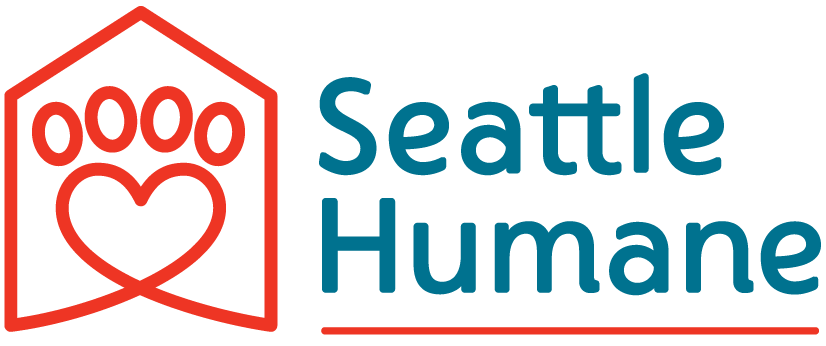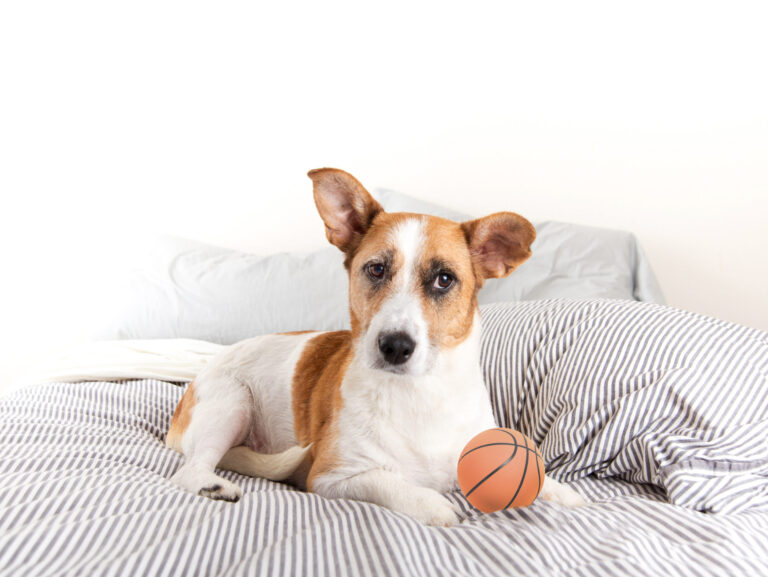Dogs in the wild — our canine family members’ ancestors — learned to guard their food, dens and pups. Today, when our canine companions display their natural and normal instinctual guarding, we label the behavior resource guarding. Because it is instinctual, we say that it is hardwired into dogs to be protective and possessive of valuable items such as food, or places such as sleeping locations.
We can teach our dogs, through fairly simple exercises, that humans are not in competition with them for their valuable items, and that it is safe to be relaxed around their family. To prevent possible problems later, all puppies and dogs should be trained to allow humans to take away food and toys, even if they are showing no signs of aggression. Dogs who are already showing signs of aggression must be worked with very carefully, in a safe and methodical way.
There are a variety of different kinds of resources that dogs may guard, including:
Food bowl
Location: sleeping area, couch, a particular place in the home
Object: chews, bones, toys, “stolen” items (socks, trash)
Owner: dog guards the owner from other dogs (or sometimes from people), and appears to consider the owner a “valuable resource”
Common warnings signs. These signs may indicate that your dog is a resource guarder:
Accelerated Consumption: dog starts eating faster when approached while eating or protecting anything of value to the dog
Freeze: dog stops chewing/eating/moving when approached while eating or protecting anything of value to the dog
Hard eye: eye becomes “hard” and glassy when approached while eating or protecting anything of value to the dog
Growl: when approached while eating or protecting anything of value to the dog
Snarl: exposing teeth by lifting lip, may be one side or both sides and front (this may occur at the same time as other warning signs) when approached while eating or protecting anything of value to the dog
Snap: an air-bite when approached while eating or protecting anything of value to the dog. The dog deliberately misses
Bite: dog makes contact, may or may not break skin, when approached while eating or protecting anything of value to the dog
Dogs may show some or all of these signs, not necessarily in this order.
Behavior Modification
Owners with dogs who are resource guarders will need the help of an experienced trainer to devise a specific treatment plan to cause behavior modification for that specific dog.
The goal of behavior modification is to teach your dog that he does not have to feel protective and worried about his food, toys and other resources when humans are around.
With a positive treatment plan, your dog will learn that humans are always “good news,” especially when he has a special toy or treat.
The treatment plan often starts with items your dog does not guard (such as a boring toy, or an empty food bowl) and then gradually works up to the items that previously caused the guarding behavior or aggression.
While this may seem silly, it teaches your dog to be comfortable in the situation and starts to build a good association to humans approaching while he is in possession of something, albeit something boring. This technique is known as desensitization and counter-conditioning. Desensitization means that you are working at a level that will not cause any reaction and that you will very gradually increase the difficulty level based always on your dog’s comfort level. Counter-conditioning means that you are creating a new, good, association to the previously stressful situation. These are scientifically proven methods and are very effective when followed carefully and methodically.
The training and behavior modification for resource guarding varies depending on what your dog guards. You may spend time giving your dog treats when he has food. Or doing “object exchanges,” meaning that you will reward your dog with a delicious food treat for relinquishing the object he has, and then you will give the original object back to him. Or, you may teach your dog to feel comfortable when you approach his bed by giving him special treats and praise for remaining calm while you approach.
It is important that your dog always feel comfortable while these exercises are happening. You must not try to push him further than he can go, meaning that he must always be relaxed and happy with the situation before you go on to a more difficult exercise. NEVER “test” your dog to see if you can get a reaction out of him. Every time your dog has a chance to “rehearse” the unwanted behavior (growling, snapping, etc), that response becomes more ingrained and more difficult to correct.
Safety and Management
Making sure that your dog is not put in a situation where he will guard food, toys, or a location is a very important part of the training plan. You must prevent any guarding or aggression from happening by not allowing your dog access to the items he guards, or by staying away from him while he is eating (until you work up to that level). The trainer may recommend the use of tethers, leashes, and/or a muzzle while working on the behavior modification exercises. NEVER get into a struggle with your dog over any item, as this will set back the training process and even a small dog’s bite can cause damage. Create an opportunity for your dog to win by making sure children are supervised around your dog at all times.
Nothing in Life is Free
This is a recommended motto by many outstanding trainers with regards to interactions you have with your dog! The leader is the human and the one in control of the resources. Teach your dog to work and earn everything in life by doing a simple trick such as “sit” before receiving a treat or privilege. This is an effective and benevolent way to establish yourself as the leader and to motivate your dog to work for you.
Your dog should earn EVERYTHING that he wants in life.
For example:
- treats
- breakfast/dinner
- going for a walk (including having the leash put on)
- petting and attention
- being let out/in the house
- playing with toys
- playing games
- being invited onto furniture

